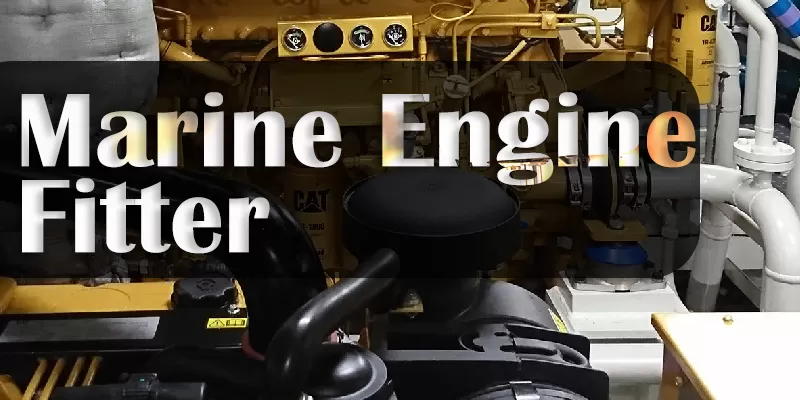
ITI Trade: Marine Engine Fitter
Powered by NCVT
Overview
The Marine Engine Fitter trade is a job-oriented ITI trade under the NCVT (National Council for Vocational Training). It is designed to develop a skilled workforce, meeting the manpower demands of both Indian and international industries. The course equips candidates for government jobs, private sector employment, and self-employment opportunities. With a focus on self-empowerment, this trade opens doors to multiple career pathways in the maritime and related industries.
Why Choose Marine Engine Fitter?
- Industry-Ready Skills: Tailored to meet the needs of the marine industry and other industrial sectors.
- Employment Opportunities: Suitable for employment in government and private sectors, as well as for entrepreneurial ventures.
- Global Demand: Many qualified candidates find opportunities in Gulf countries, Europe, Australia, New Zealand, Singapore, and other regions.
Scope of Employability
On successful completion of the course, candidates can work in:
- Shipyards
- Marine workshops
- Oil & gas industries
- Port authorities
- Naval and merchant fleets
- Offshore and onshore facilities
Common job roles include:
- Assembler, Stationary Diesel Engine
- Mechanic, Petrol Engine
- Marine Engine Fitter
International Comparability
- No official documentation currently outlines comparability with qualifications in other countries.
- However, ITI-certified Marine Engine Fitters have a strong track record of securing employment in Gulf countries, European nations, Australia, New Zealand, and Singapore.
Progression Pathway
- Eligible to join the Apprenticeship program in various industries, leading to the National Apprenticeship Certificate (NAC).
- Further opportunities in advanced vocational training, diplomas, and higher education programs in marine engineering and mechanical disciplines.
Course Structure & Core Competencies
Semester I
- Plan and Organize Work
- Execute tasks according to specifications
- Apply basic fitting operations
- Ensure dimensional accuracy
Operations include: - Marking
- Hack sawing
- Chipping
- Filing
- Drilling
- Tapping
- Demonstrate Joining Techniques
- Perform various joining processes following standard procedures:
- Bolt joints
- Riveting
- Gas welding
- Arc welding
- Brazing
- Lock nuts
- Cotter pins
- Split pins
- Perform various joining processes following standard procedures:
- Dismantling & Assembling
- Dismantle and assemble multi-cylinder marine engines as per Maker’s manual
- Perform functionality checks
- Maintenance of Critical Systems
- Overhaul oil pumps, filters, radiators, and cooling systems
- Conduct functionality testing
Semester II
- Overhaul and Testing
- Overhaul air compressors and turbochargers
- Perform gas charging and leak testing for engine refrigeration systems
- System Maintenance
- Inspect and maintain cooling and lubrication systems
- Conduct diagnostics and repair engine faults
- Erect and install marine engines, ensuring operational efficiency
- Fuel System Maintenance
- Repair and maintain fuel feed systems and fuel injection pumps
- Shop Floor Management
- Maintain tools and equipment according to standard procedures
- Measure and test electrical and electronic circuits/components
- Evaluate component performance
Final Term
- Revision
- Project Work
- Examination and Assessment
Key Highlights
✅ Duration: 2 years (04 Semesters)
✅ Eligibility: 10th pass
✅ Certifying Authority: NCVT
✅ Certification: National Trade Certificate (NTC)
✅ Apprenticeship: Leads to National Apprenticeship Certificate (NAC)
